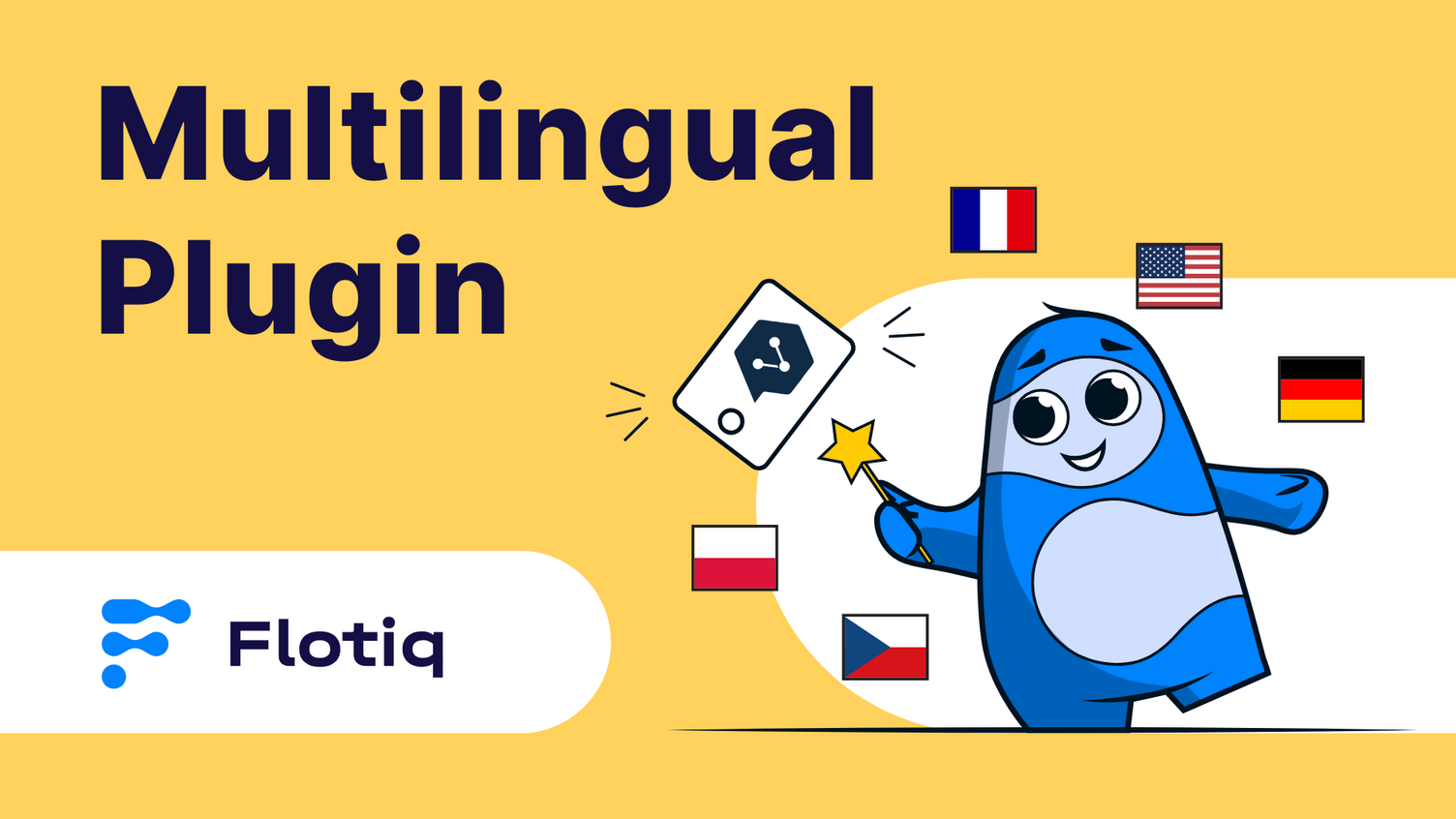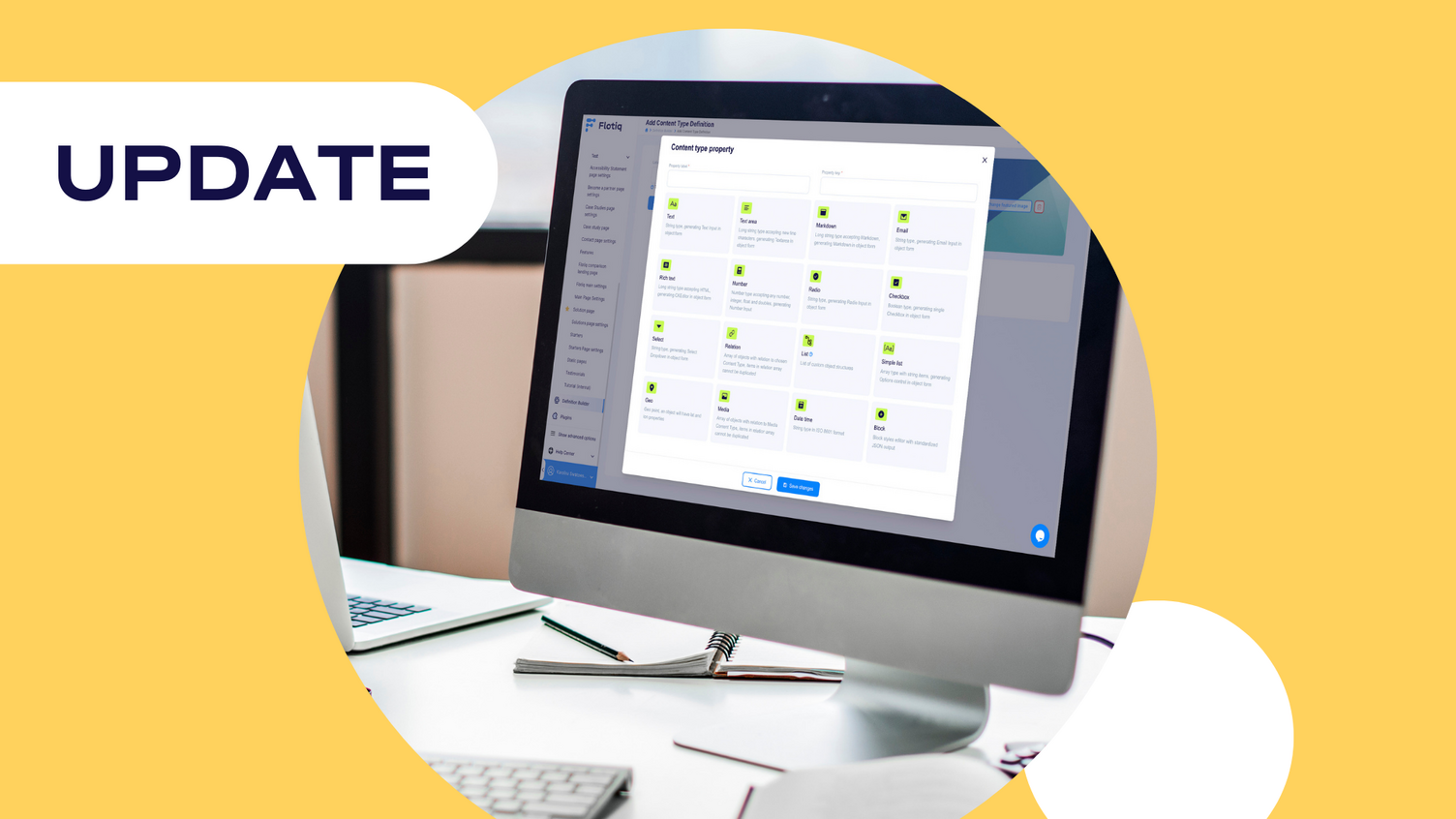Publishing your content as an API
If you are producing content as part of your everyday business - it’s likely that your teams would like to repurpose the content for many different occasions and in different channels. Content written for a blog post can be often reused for social media, photos shot for an online ad can serve well for website images and so on. What’s the most convenient way to share that content across your teams? Providing content as APIs.
What is an API
An API, or Application Programming Interface, is how developers interact with a specific system. They speak to systems through APIs; these APIs allow them to (primarily) read data from and write data to systems.
In the case of Content Management Systems - an API usually provides developers with the ability to create new content, and read, update or delete existing objects. In developer lingo - these operations are called CRUD - for Create, Read, Update and Delete.
How does an API help to reuse content
Storing your content in a Content Management System and accessing it through an API helps put structure and organize your assets. Regardless of the kind of data you’re storing in the system - text, images, files - organizing it upfront is key to reusing it later. You could argue that storing it in folders on your hard drive is good enough, but not if you intend to utilize it in different channels - for example, web apps, mobile apps, websites and so on. Publishing data in a form that is easily accessible by developers allows you to reap the benefits of modern technologies and the multitude of channels that they offer.
To properly organize your digital content, you should look at Content Management Systems. However, using a traditional CMS can often lead to mixing your real content (for example news announcements) with the description of how they should appear in the user's web browsers. That’s a big problem because it makes it impossible to reuse that content in other channels - for example, as social media posts or messages sent to users’ phones or watches. We are recently observing attempts to combat this problem. The most interesting ones seem to be the so-called headless and decoupled content management systems.
What is a headless CMS
A headless CMS is a system that allows developers to store content inside it - it acts as a content repository and has virtually no user interface. The main focus of a headless CMS is raw data and separating content from its presentation in a particular medium. In a headless system, content is usually made accessible to developers via APIs.
A headless system provides means to define different content models. For example, you will be able to define different models for storing:
- Product data,
- Images
- Blog posts,
- Information about stores offering your product.
Once a content model is defined - you will be able to start authoring content and at the same time - developers will be able to use that content inside their applications. Regardless of the choice of programming language or development platform - a REST API will allow any developer to work with the data stored in your system.
What are content as a service (CaaS) platforms?
A content as a service platform is a system that can publish structured content in an organized way, separated from the front-end, so it’s easily reusable using different channels and technologies. It’s often offered as a fully managed online platform. Some of the platforms worth exploring include:
What are the important features of a content as a service platform?
Best content as a service platform should offer easy-to-use tools for content authoring as well as for developers building services that utilize that content. From the content editors perspective - the most important features are:
- An easy to use text editor
- Content versioning
- Workflow support
- Image handling
As a developer - you would probably expect:
- Easy to use APIs,
- Ability to define and extend content models,
- Ability to define scoped API keys to access specific parts of the system,
- Powerful full-text search,
- Batch import / export of data,
- High performance, low latency content API,
- Fully-managed service.
Why is Flotiq among the best content platforms?
Flotiq’s approach to building content models and content delivery make our system really stand out. Here are a couple of key differentiators.
- Once a content model is defined - developers are provided with a set of customized tools that are tailored to the specific needs of their project.
- Our customized, automatically generated APIs decrease the amount of work required to integrate systems with Flotiq’s content API.
- It’s extremely easy to connect systems that consume content stored in Flotiq in a no-code or low-code fashion.
- Flotiq’s powerful full-text search engine allows developers to easily implement search engines and find relevant content.
- Content editors can work comfortably with an easy-to-use interface.
- All content changes are versioned and audited.
- Complex workflows can be defined to support different publishing scenarios.




.png)